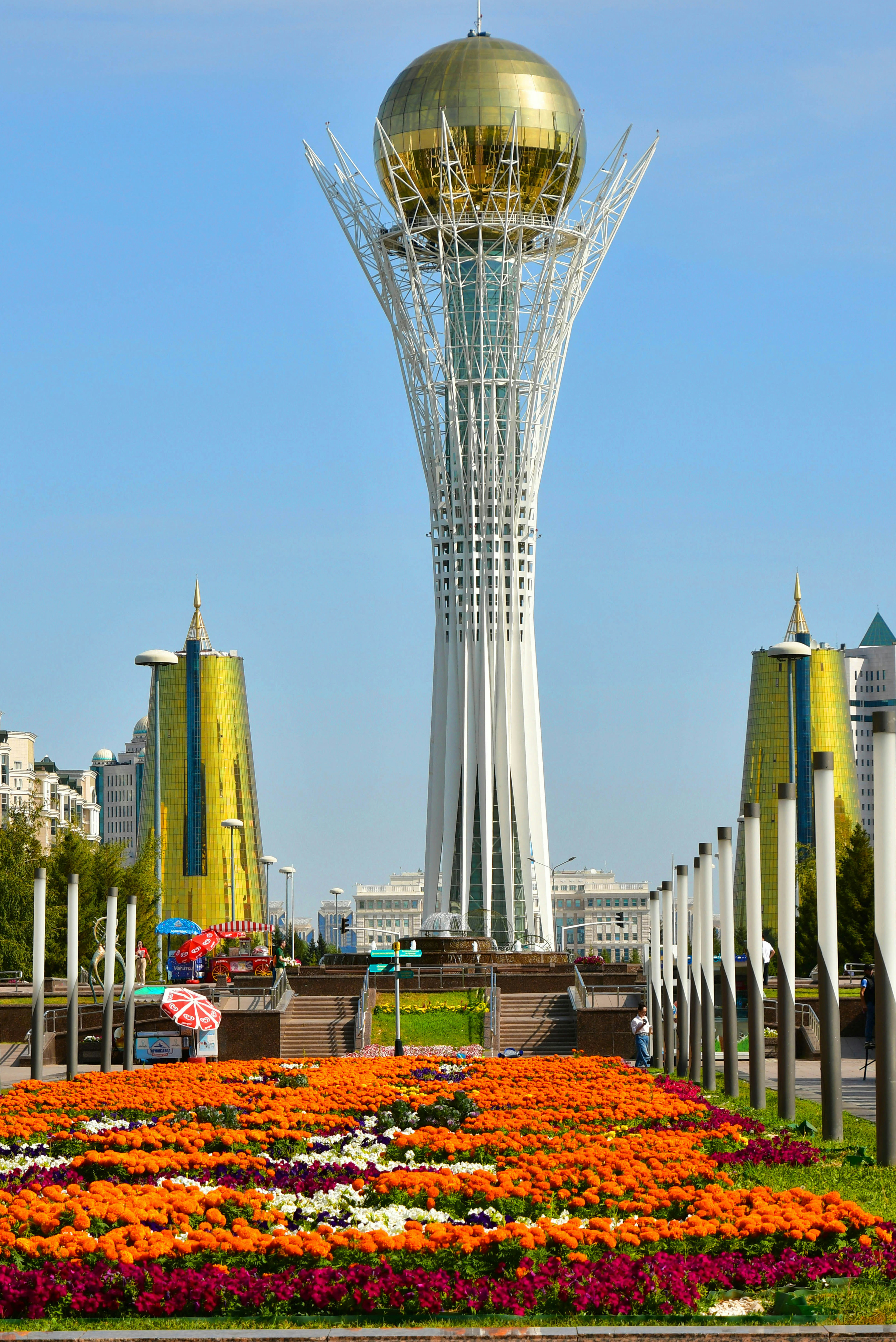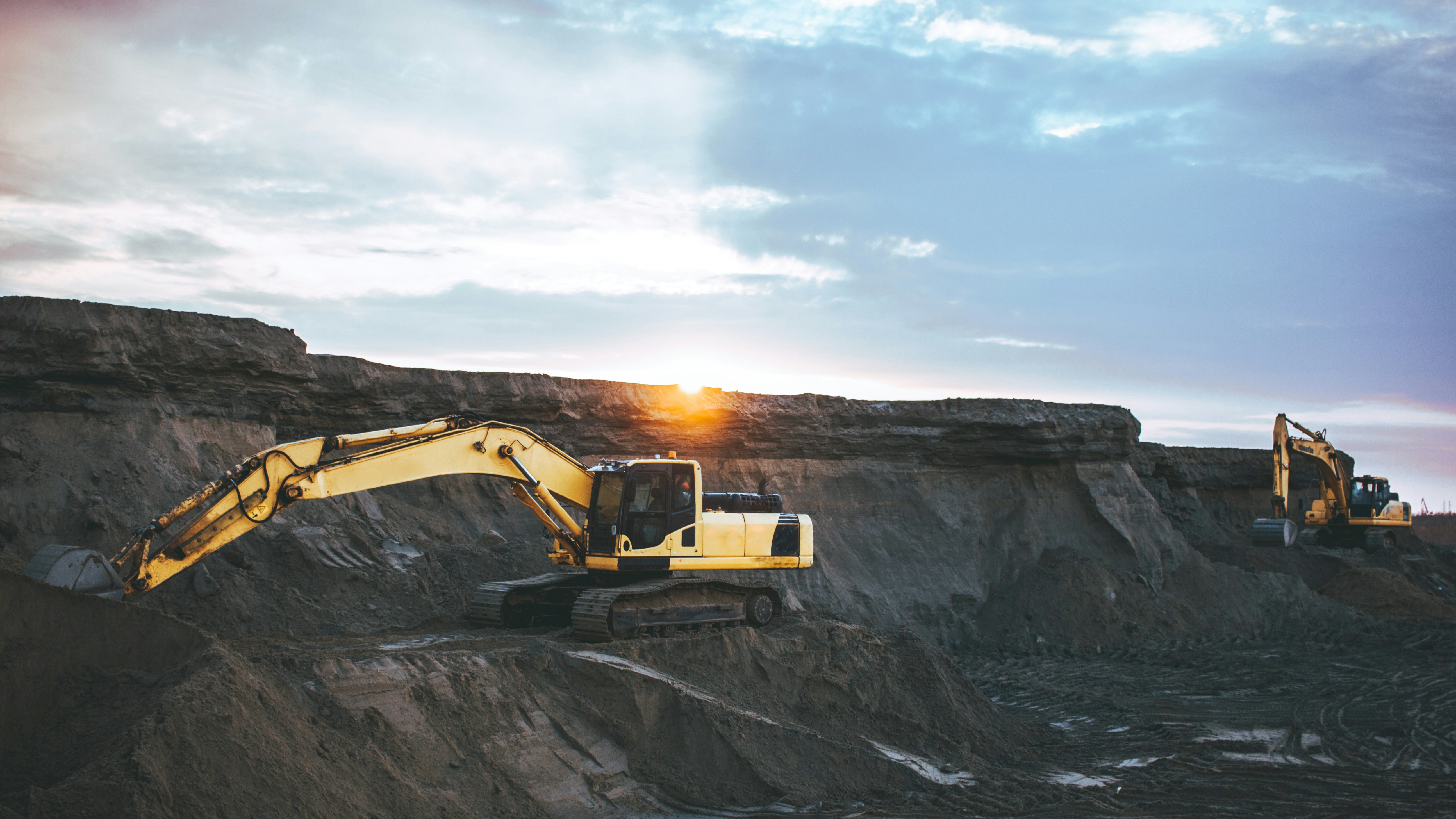Newly discovered deposits of the rare earth metals tantalum and niobium in Tajikistan could reshape the country’s mining sector and economic future, according to the Tajik Geological Survey.
Strategic Discoveries in the Rasht Valley
Ilkhom Oymukhammadzoda, head of the Geological Administration, announced the discovery of substantial niobium and tantalum concentrations in the Rasht Valley, based on the analysis of 125 samples collected from the Nazaraylok and Yosuman areas.
Tantalum is critical to electronics manufacturing, while niobium is used in high-strength alloys for the aerospace and construction industries both metals are of growing strategic importance.
Oymukhammadzoda also confirmed the identification of 15 additional sites rich in rare metals such as lithium, niobium, and tantalum across remote eastern regions including Karasu, Agbasoy, Pyron, and Rohshif.
Gold prospects have also emerged. At the Novy Sarimardi site, a gold-bearing ore body with a concentration of 0.96 grams per tonne has been located, potentially attracting investor interest.
Geophysical surveys have identified three anomalies in the Laylakul and Sangibek areas, suggesting further opportunities for mineral exploration and development.
Key Geological Zones
Tajikistan’s rare earth resources are primarily concentrated in two strategic zones: the Central Region and the Gorno-Badakhshan Autonomous Region (GBAO).
In the Central Region, exploration is focused on the Zeravshan and Karategin ridges. Pegmatite fields in Karasu, Akbasai, and Payron are currently under assessment for reserves of niobium, tantalum, lithium, and tin.
In GBAO, exploration is underway in the Shughnan, Rushan, Ishkoshim, and Vakhsh ridges. Sites such as Kolkhozabad, Taglikhas, and Vez-Dara have shown traces of rubidium and other rare elements essential to high-tech industries.
Economic Potential and National Strategy
Geological survey work is state-funded and focused on assessing reserves of strategic resources. One of the most promising sites is Nazaraylok, where preliminary projections suggest reserves of niobium and tantalum may reach several hundred thousand tons.
Beyond these metals, Tajikistan’s subsoil contains beryllium, cesium, lithium, tin, and light lanthanides, all in increasing demand on global markets.
Rare earth resources are emerging as a cornerstone of future economic development. With its expanding inventory of strategic metals, Tajikistan could become a key player in the global rare earth supply chain.
“Source: The Times of Central Asia”

 English
English


